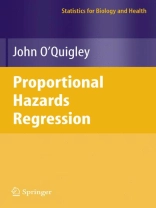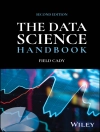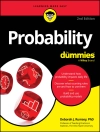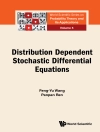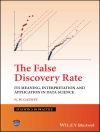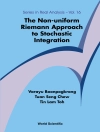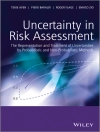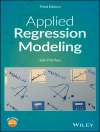Proportional hazards models and their extensions (models with ti- dependent covariates, models with time dependent regression co- cients, models with random coe?cients and any mixture of these) can be used to characterize just about any applied problem to which the techniques of survival analysis are appropriate. This simple obser- tion enables us to ?nd an elegant statistical expression for all plausible practical situations arising in the analysis of survival data. We have a single unifying framework. In consequence, a solid understanding of the framework itself o?ers the statistician the ability to tackle the thorniestofquestionswhichmayarisewhendealingwithsurvivaldata. The main goal of this text is not to present or review the very s- stantial amount of research that has been carried out on proportional hazards and related models. Rather, the goal is to consider the many questions which are of interest in a regression analysis of survival data (prediction, goodness of ?t, model construction, inference and int- pretation in the presence of misspeci?ed models) from the standpoint of the proportional hazards and the non-proportional hazards models.
Spis treści
Background: Probability.- Background: General inference.- Background: Survival analysis.- Marginal survival.- Regression models and subject heterogeneity.- Inference: Estimating equations.- Inference: Functions of Brownian motion.- Inference: Likelihood.- Inference: Stochastic integrals.- Inference: Small samples.- Inference: Changepoint models.- Explained variation.- Explained randomness.- Survival given covariates.- Proofs of theorems, lemmas and corollaries.
